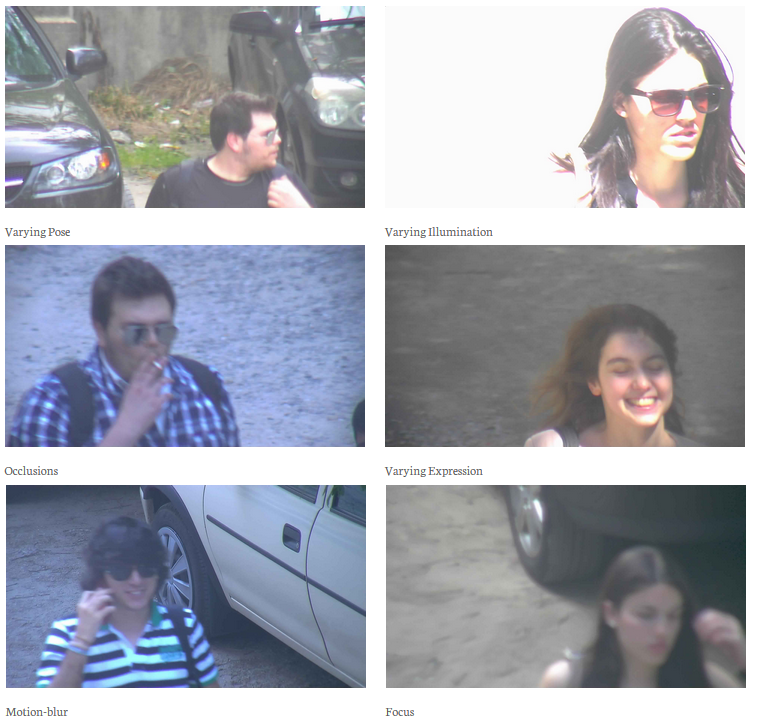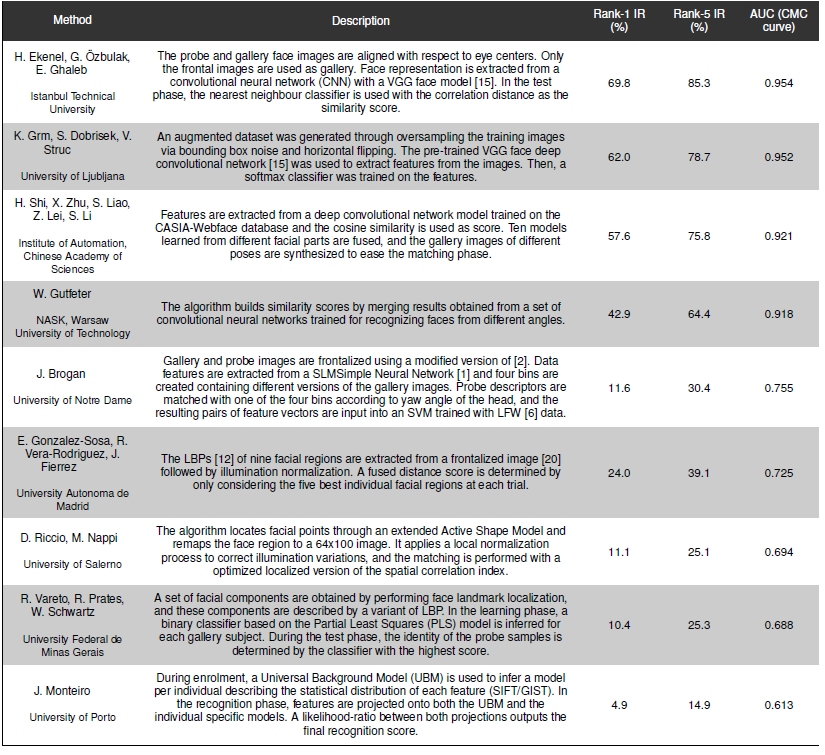Biometrics and Machine Learning Group
Latest news
February 2025: conference proceedings - Rasel Ahmed Bhuiyan, Mateusz Trokielewicz, Piotr Maciejewicz, Sherri Bucher, Adam Czajka. "Iris Recognition for Infants" Proceedings of the Winter Conference on Applications of Computer Vision (WACV) Workshops, February 2025, pp. 83-92.
December 2024: journal papers - Mateusz Trokielewicz, Piotr Maciejewicz, Adam Czajka. "Post-mortem iris biometrics – Field, applications and methods." Forensic Science International, Volume 365, 2024, Article 112293. ISSN 0379-0738. https://doi.org/10.1016/j .forsciint.2024.112293.
April 2024: journal papers - Adrian Kordas, Ewelina Bartuzi-Trokielewicz, Michał Ołowski, Mateusz Trokielewicz, "Synthetic Iris Images: A Comparative Analysis between Cartesian and Polar Representation" 2024, Sensors, 24(7), 2269, https://doi.org/10.3390/ s24072269
We are pleased to announce that Weronika Gutfeter defended her doctoral dissertation on face recognition based on multi-shot images using deep aggregation networks, supervised by prof. Andrzej Pacut, on the 18th of May, 2023.
Facial identification algorithm for International Challenge on Biometric Recognition in the Wild
The algorithm described in the paper "Deep Neural Network ensembles dedicated to different head poses for face identification" was proposed to resolve the task of the of the ICB-RW 2016 challenge (International Challenge on Biometric Recognition in the Wild).

The main objective of the competition was to identify the people in the CCTV surveillance system assuming that the watch-list with good quality images was provided. Training dataset, which was delivered by the organizers, contained both the watch-list images of 90 subjects (called there the gallery subset) and the probe images which are the static frames obtained from the surveillance system. Each subject in in the gallery subset was represented by the 3 images with different poses (frontal, left-side and right-side) The probe images was captured outdoor, subjects rarely look into the camera that was localized over their heads and faces are often occluded.
The results of ICB-RW Challenge were evaluated using an identification index given by the area under curve (AUC) calculated for the cumulative match score (CMC). The proposed algorithm took fourth place in the challenge.

Method was based on deep neural networks ensembles. Each ensemble network was trained to classify faces seen from the specific directions, namely, frontal images, left and right profiles. This approach meant to reflect the given watch list structure. Results were then combined to obtain the final classifier.
Detailed description in papers:
- J Neves, H Proença, "ICB-RW 2016: International challenge on biometric recognition in the wild", Biometrics (ICB), 2016 International Conference on, 1-6
- H. Proença, M. Nixon, M. Nappi, E. Ghaleb, G. Özbulak, H. Gao, H. K. Ekenel, K. Grm, V. Struc, H. Shi, X. Zhu, S. Liao, Z. Lei, S. Z. Li, W. Gutfeter, A. Pacut, J. Brogan, W. J. Scheirer, E. Gonzalez-Sosa, R. Vera-Rodriguez, J. Fierrez, J. Ortega-Garcia, D. Riccio, L. De Maio, "Trends and Controversies", IEEE Intelligent Systems, vol. 33, no. 3, pp. 41-67, May./Jun. 2018.






